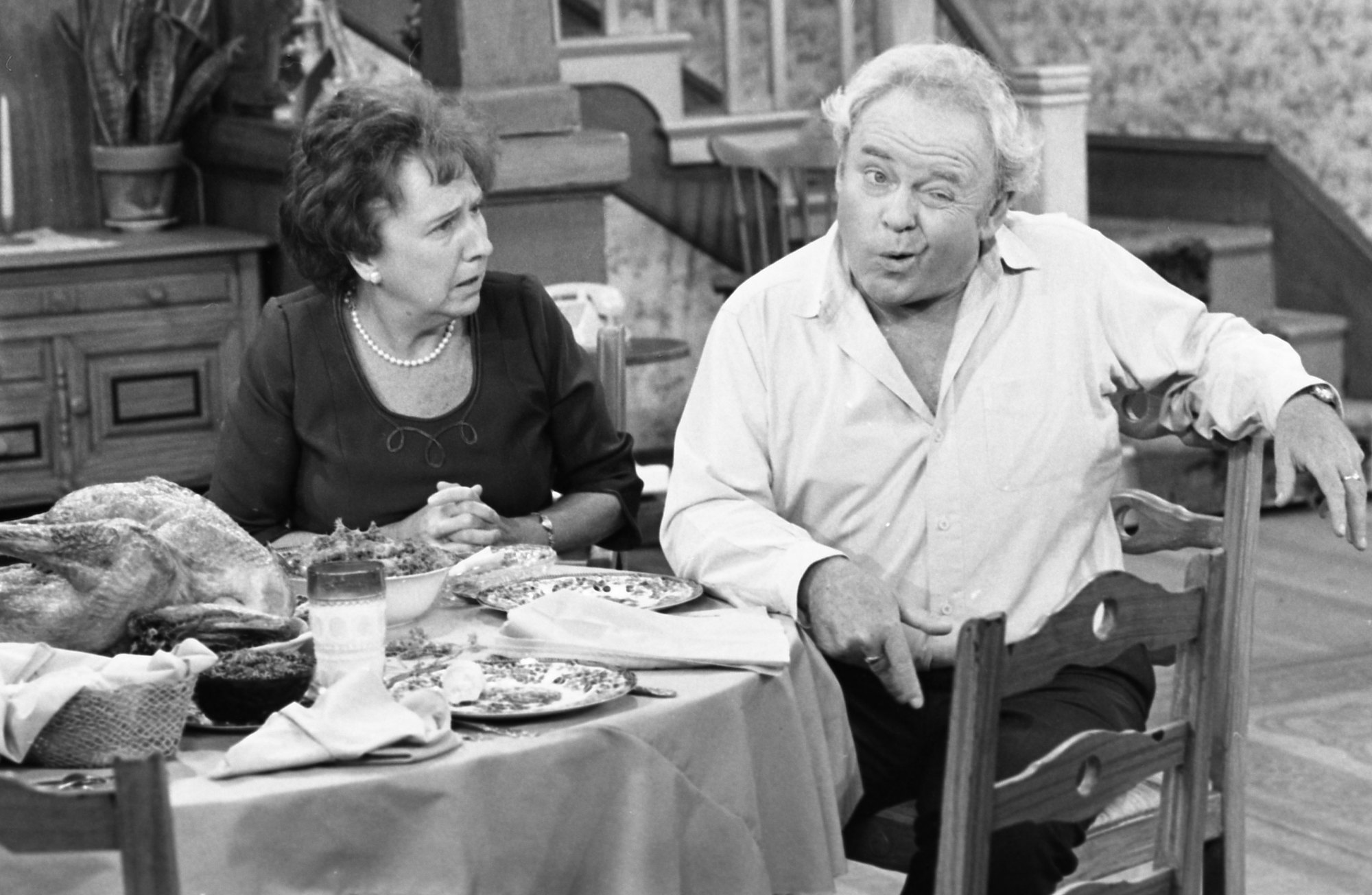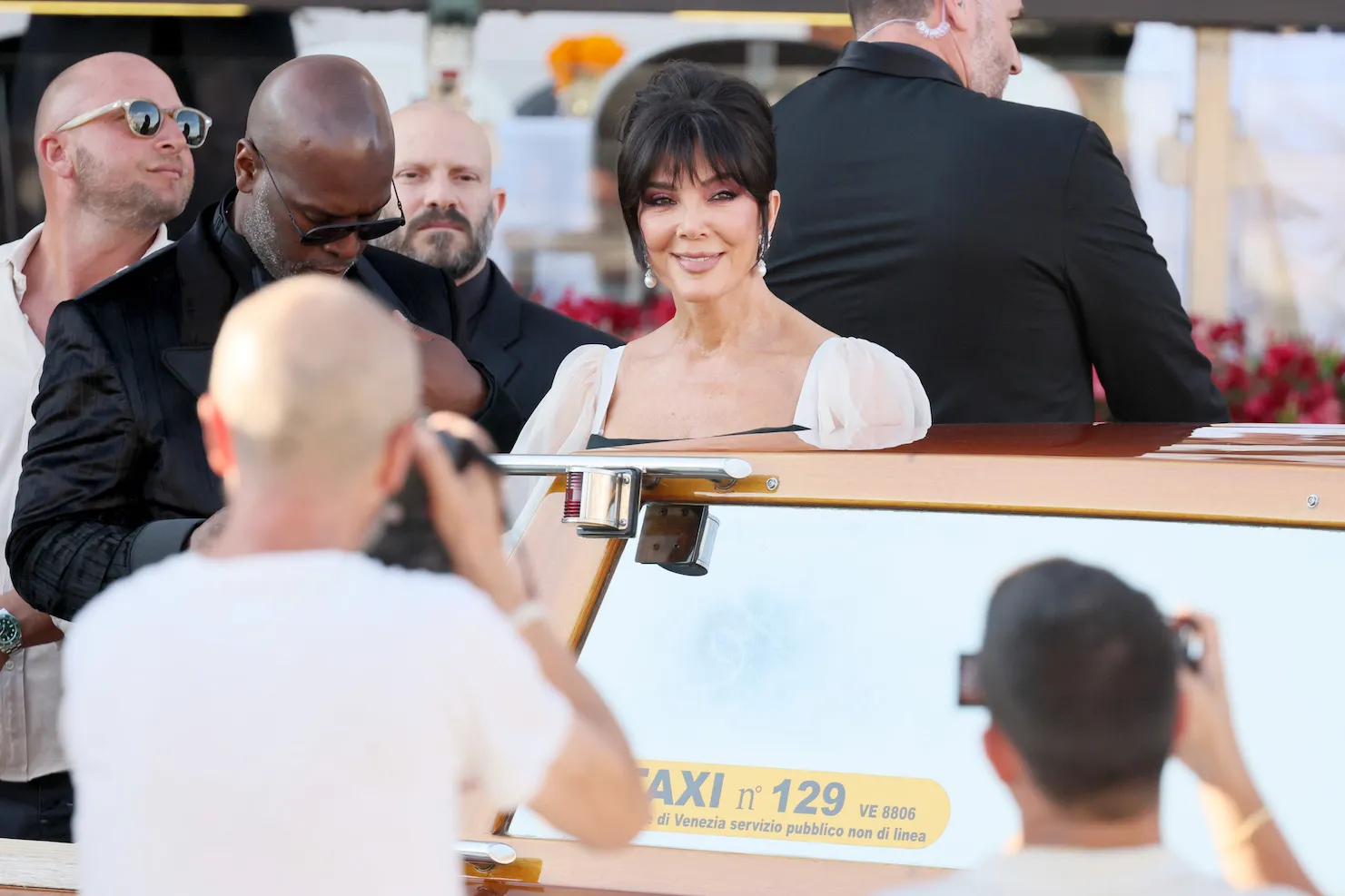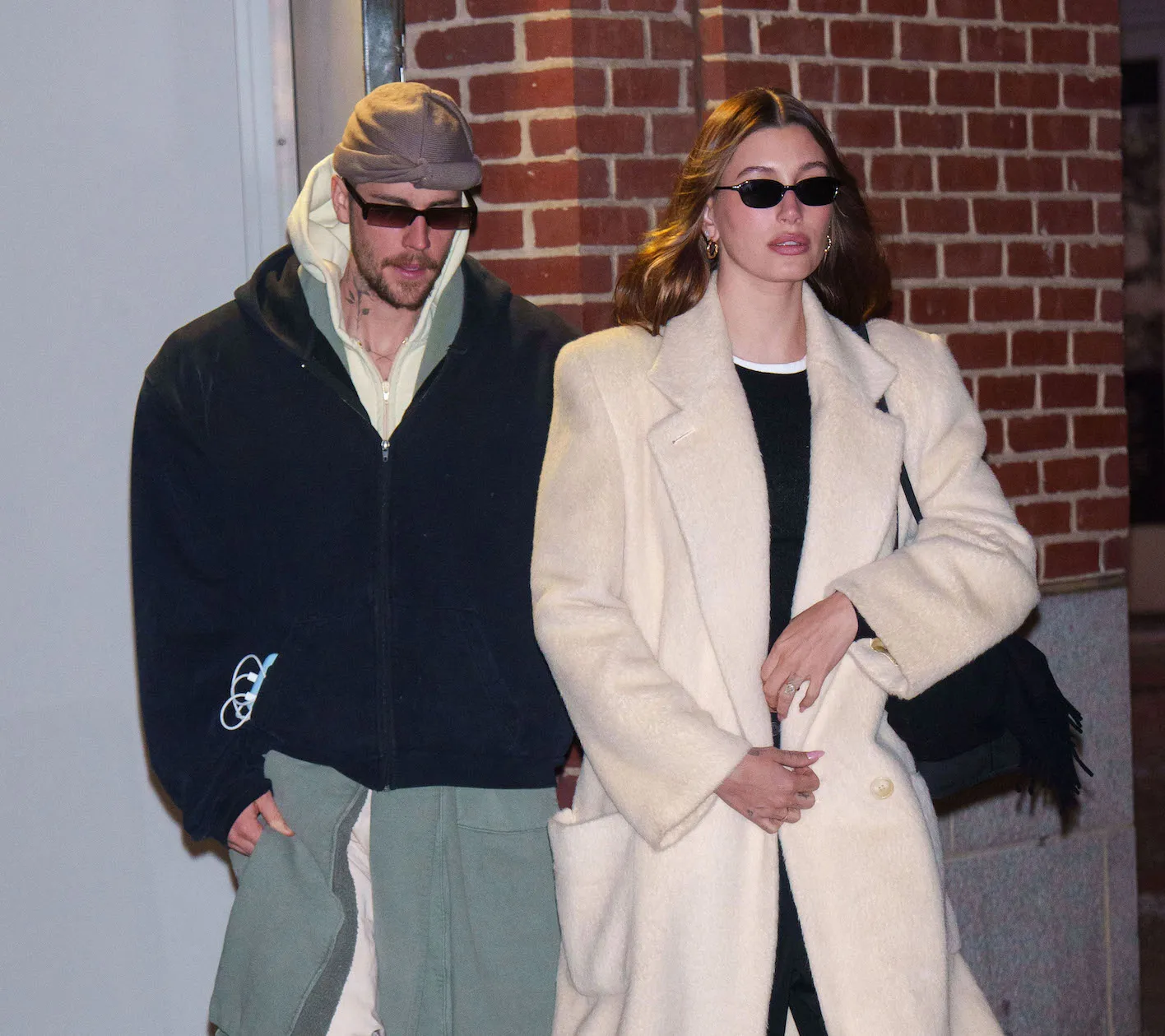‘All In the Family’ Was Different Than Other Shows of Its Time
With All in the Family, Norman Lear changed the TV show landscape in ways still felt nearly 50 years after it debuted on CBS.
Archie Bunker was a coarse, bigoted, yet somewhat charming portrait of the All-American white man who pushed the boundaries of network television. However, the show’s true pioneering feature was its natural laughter captured by a live studio audience.
Canned laughter

Charles Douglass might be the most prominent name you do not know. Anyone who has watched a sitcom over the last 70 years has likely heard his laugh. While live studio audiences have been a staple of the sitcom medium since the 1950s, many still used Douglass’s laff box to feed in laughter as calculated as any musical note.
According to MeTV, Douglass’s surprisingly complicated invention took the musicality of a keyboard and brought it to the television world. While one might expect this to be a simple box where a button orchestrated a laugh, it was more symphonic. Douglass learned the science behind laughter and observed what kind of gags spawned certain types of laughter.
While live audiences helped Douglass figure out what type of laughter to play on his invention, the laff box provided cleaner, more distinguished laughter than the occasional chuckles from the real people. Furthermore, television shows like MASH and The Flintstones, which couldn’t bring in live audiences for location shoots and animation, allowed them to make a sitcom of a different sort.
Lear, however, bypassed fake laughter to get the real thing.
‘All In the Family’ and its studio audience
All in the Family wanted to paint a real American family who, while hyperbolic and downright preposterous, was a reflection of the shifting tide. Archie and Edith were old school members of the greatest generation, while their progressive-minded counterparts represented the shifting tides. This was the basis for nearly every laugh, and as such, they didn’t need a laff box.
According to Screen Rant, The series filmed in front of a live studio audience without any help from Douglass’s invention. From Carroll O’Connor’s impeccable comedic timing to Rob Reiner’s constant rebuttals, All in the Family worked because all the humor came not from an idealized version of reality but the same types of uncomfortable laughs that one has in their living room.
At 99 years old and still active in the television world, he credits his devotion to laughter with his long life and ability to remain sharp.
Lear on laughter
Lear continues his commitment to real laughter on his current revival of One Day at a Time. Furthermore, in special episodes where studio audiences cannot be present, he makes sure that they get a real reaction by recording people watching the finished product and incorporating their laughter into the final sound mix.
To him, it harkens back to the theater, and he spoke about this with Collider.
“Those are people sitting in their seats. And those laughs are not amplified or anything. If we have to do something again after most of the audience is gone, we have to add a laugh. But otherwise, it is real laughter,” the writer and producer said.
Laughter is medicine best shared by the masses, and Lear’s entire career is a reflection of this viewpoint. However, when COVID-19 forced productions to do away with audiences, he worried about the long-term implications.
“There’s just nothing more deeply meaningful, or spiritual even, than a couple hundred people laughing at the same thing at the same moment. Standing behind an audience like that and watching them lift a little bit out of their chairs with a belly laugh and go forward and then come back, 300 people as one, it’s an amazing experience and there’s nothing quite like it. So I pray we are always able to have an audience,” Lear told the site.
With productions opening up and vaccinations reaching the masses, the live audience will soon return. Hopefully, the natural, unforced laughter will ring even truer after the gift of communal cackling is returned to the masses.


